Managing household expenses often means keeping an eye on energy consumption, especially with certain appliances that can drive up your electricity bill. From heating and cooling systems to everyday gadgets, here are 22 electricity-hungry appliances and systems in your home that might be costing you more money than you realize.
1. HVAC Systems
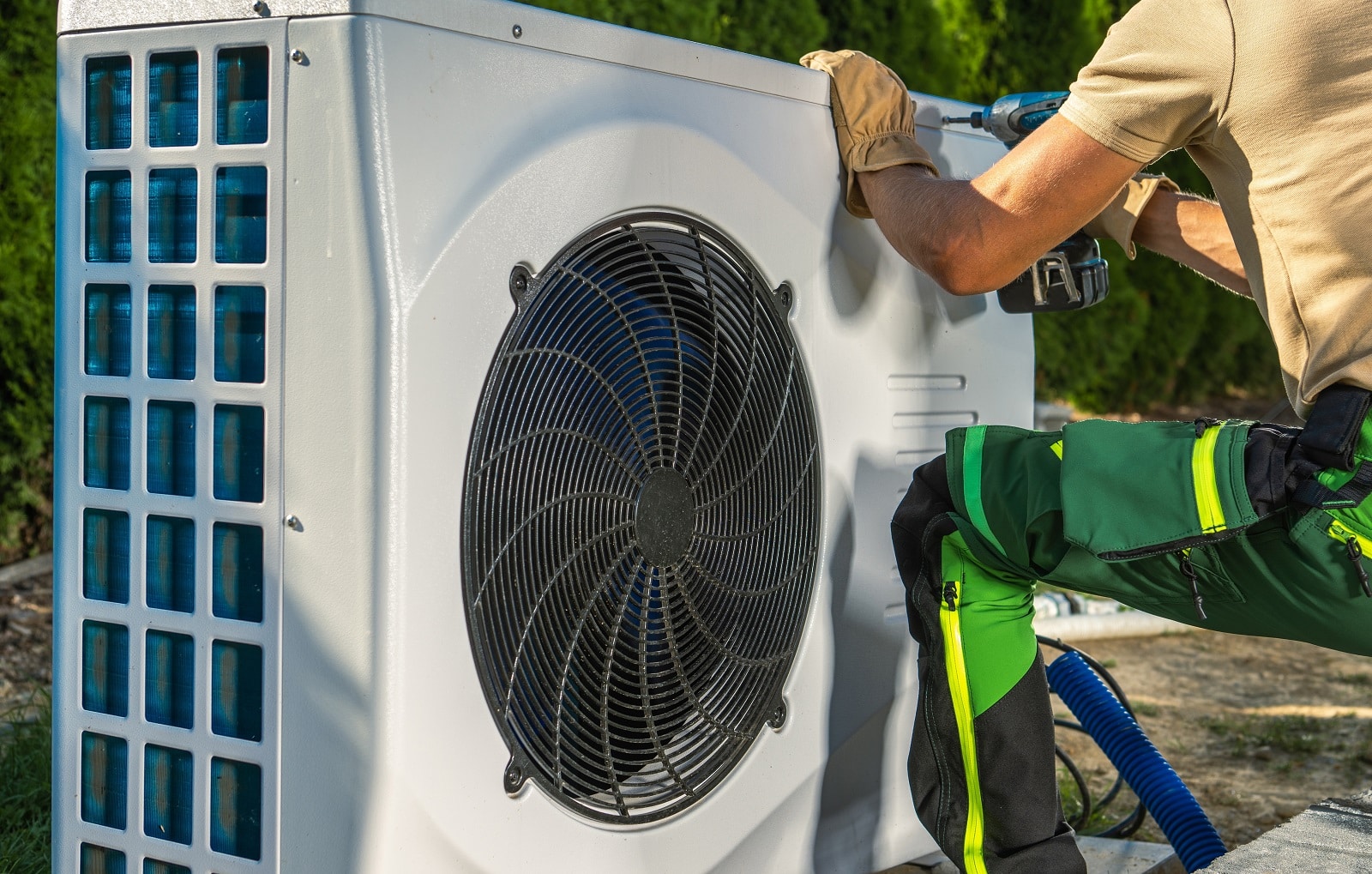
Heating, Ventilation, and Air Conditioning (HVAC) systems are the backbone of household comfort but can be the largest energy consumers, especially in extreme weather.
2. Water Heaters

Whether it’s for showers, dishes, or laundry, water heaters work around the clock, making them significant contributors to your energy bill.
3. Refrigerators and Freezers
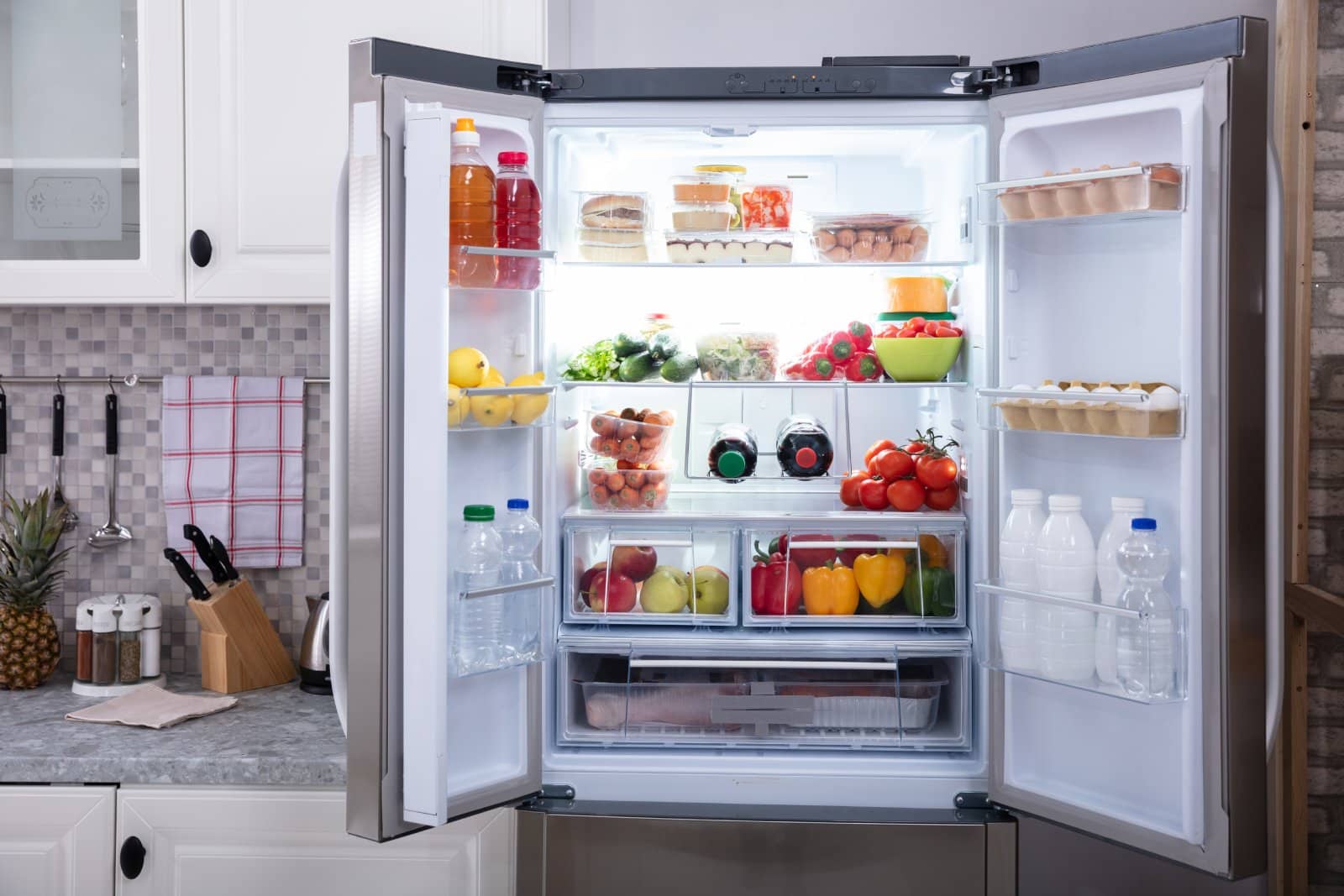
These are always running to keep your food fresh or frozen, leading to substantial electricity use, especially older models that lack energy efficiency.
4. Clothes Dryers
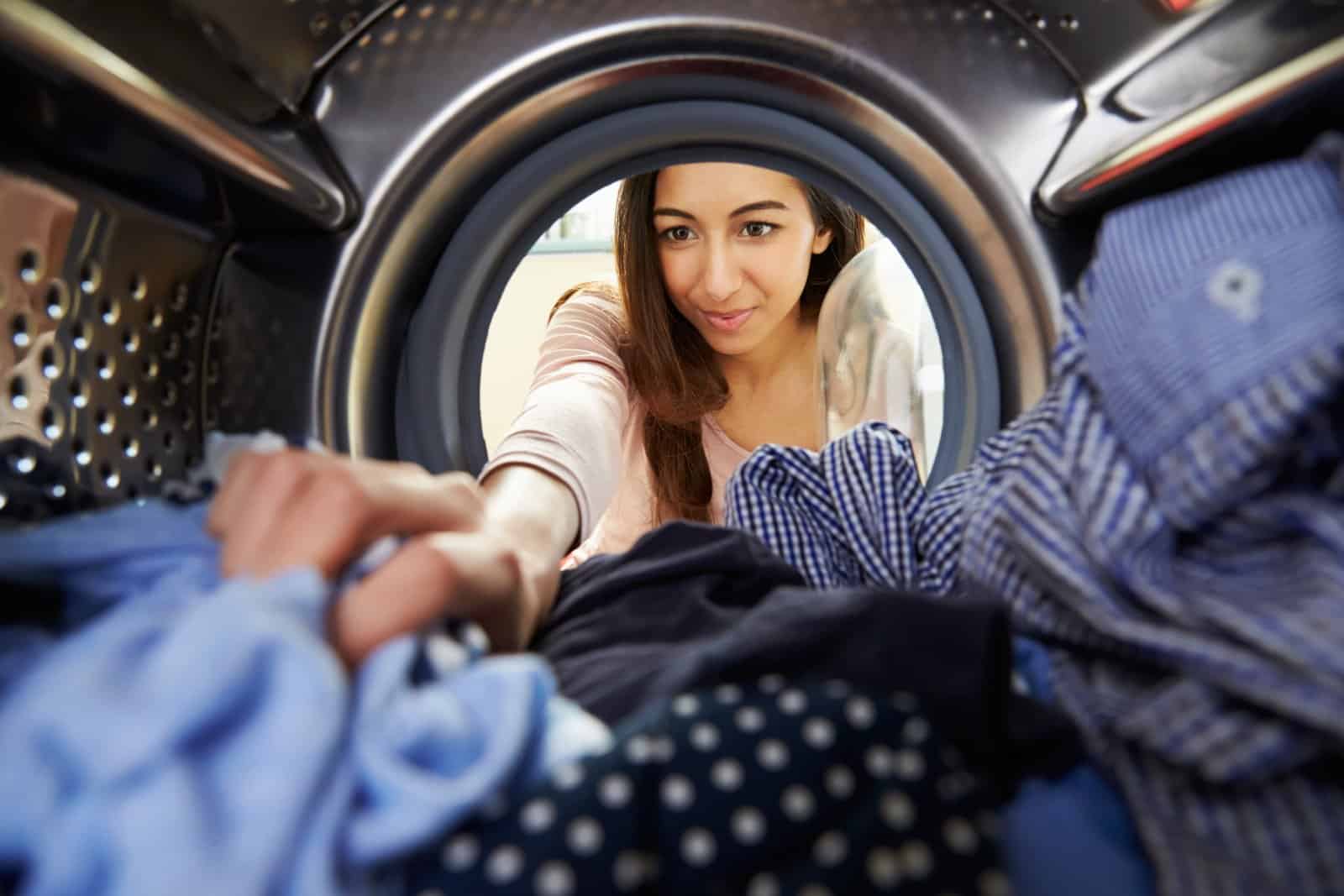
Electric clothes dryers are convenient but consume a lot of power. Consider air-drying clothes to cut down on usage.
5. Electric Ovens and Stovetops

Cooking with electric ovens and stovetops can use a lot of energy, especially during baking or long cooking sessions.
6. Dishwashers

Though they save water compared to hand washing, dishwashers can be energy-intensive, especially if used frequently or on high-temperature settings.
7. Space Heaters
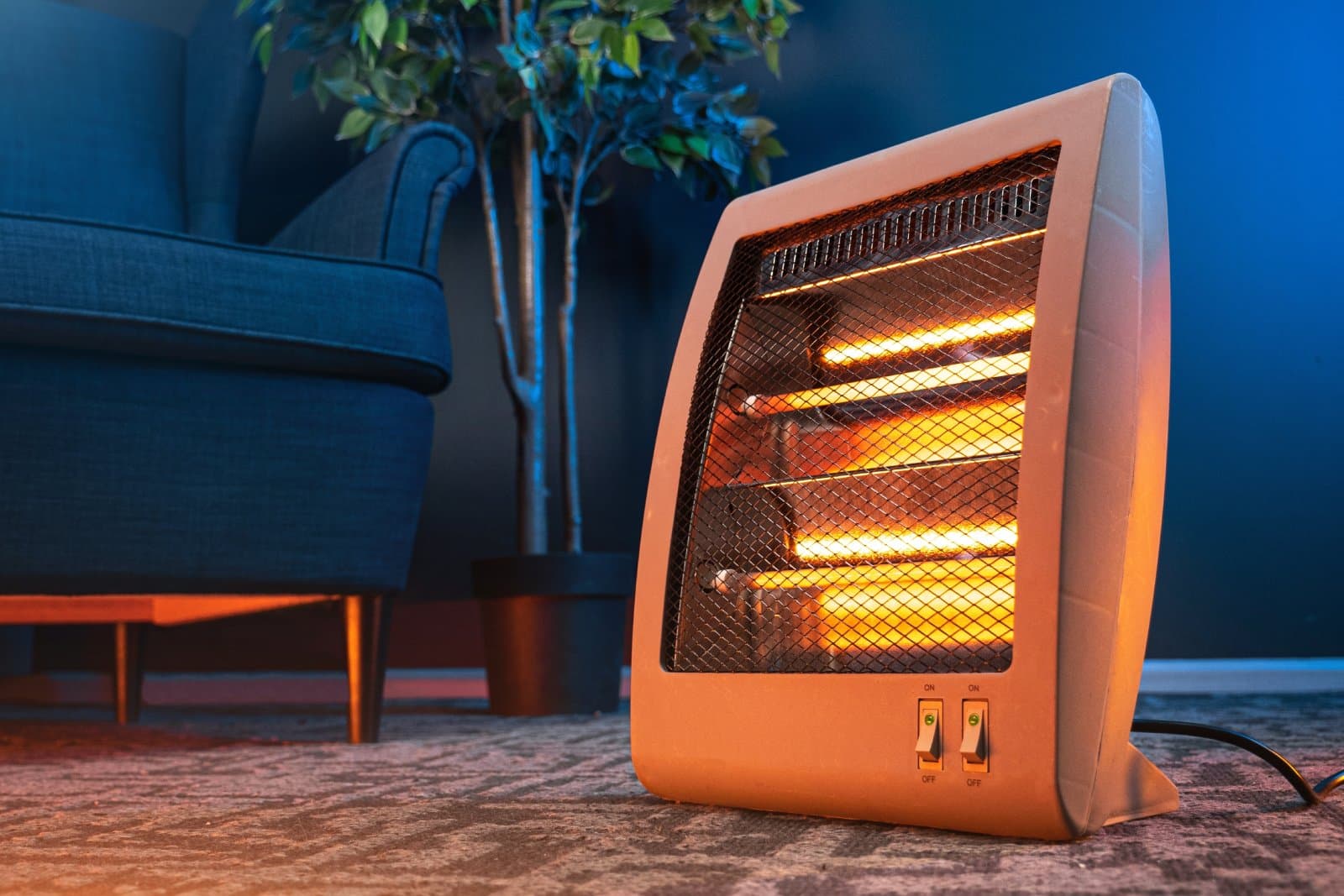
Portable heaters can quickly warm up a room but are notoriously energy-hungry, especially if they’re used as a primary heat source.
8. Dehumidifiers
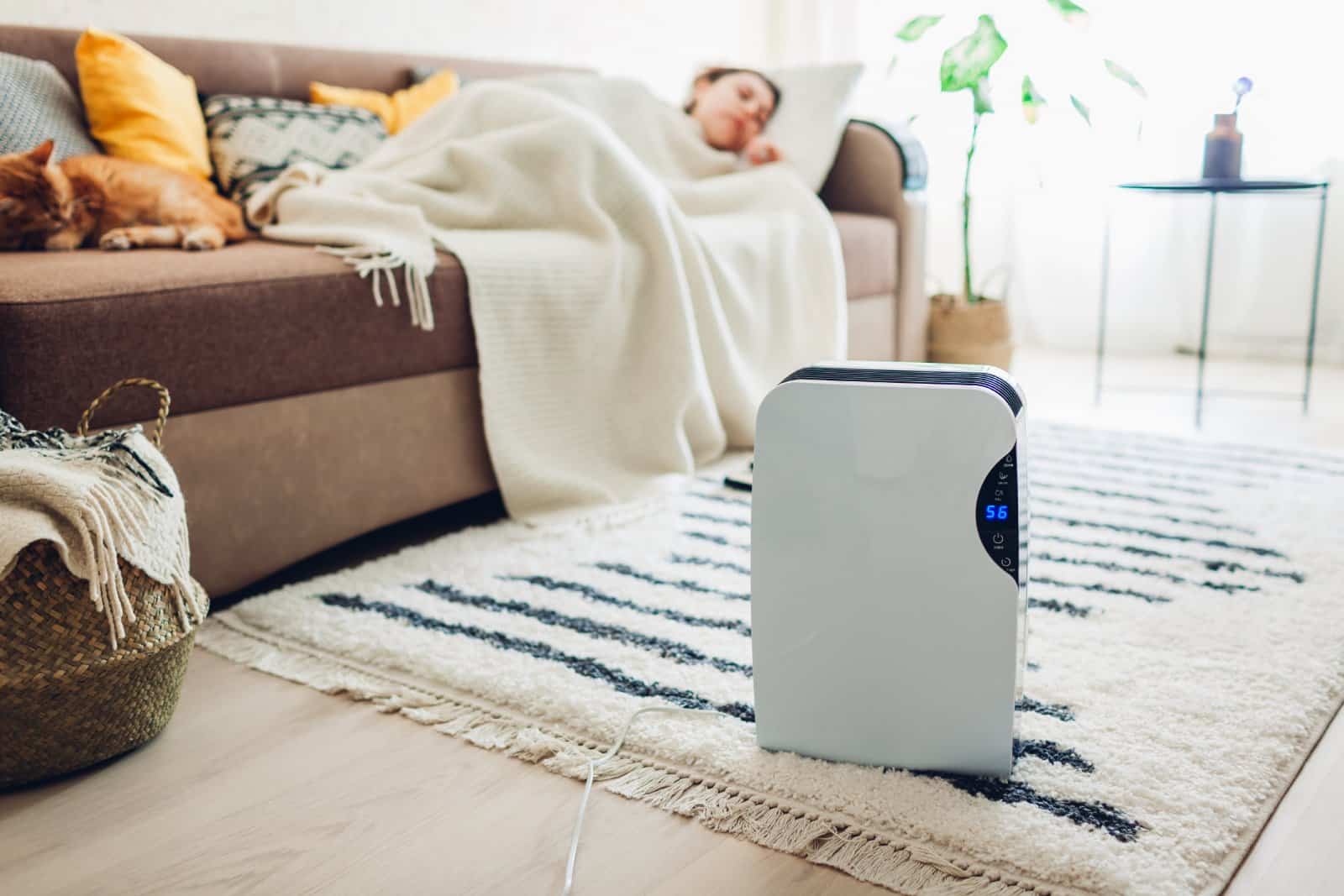
In humid climates, dehumidifiers help make homes more comfortable but at the cost of high energy usage.
9. Air Purifiers

Essential for allergy sufferers, air purifiers run continuously to clean the air, which can add up in electricity costs.
10. Hot Tubs and Pools

Heating a hot tub or a pool requires a significant amount of energy, not to mention the additional power for filtering and maintenance operations.
11. Lighting
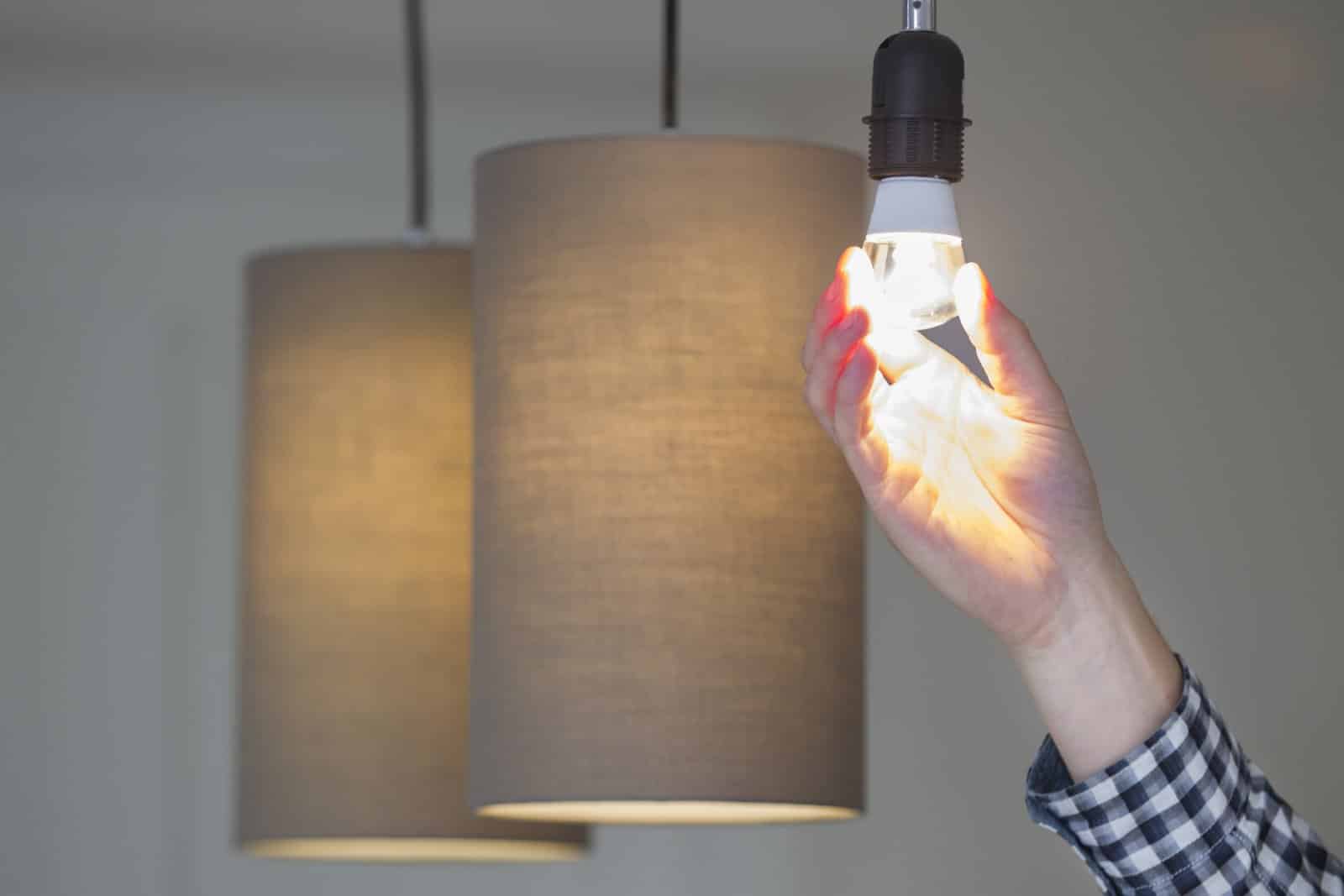
Incandescent and halogen light bulbs are less efficient than LED options, consuming more electricity for the same level of brightness.
12. Televisions
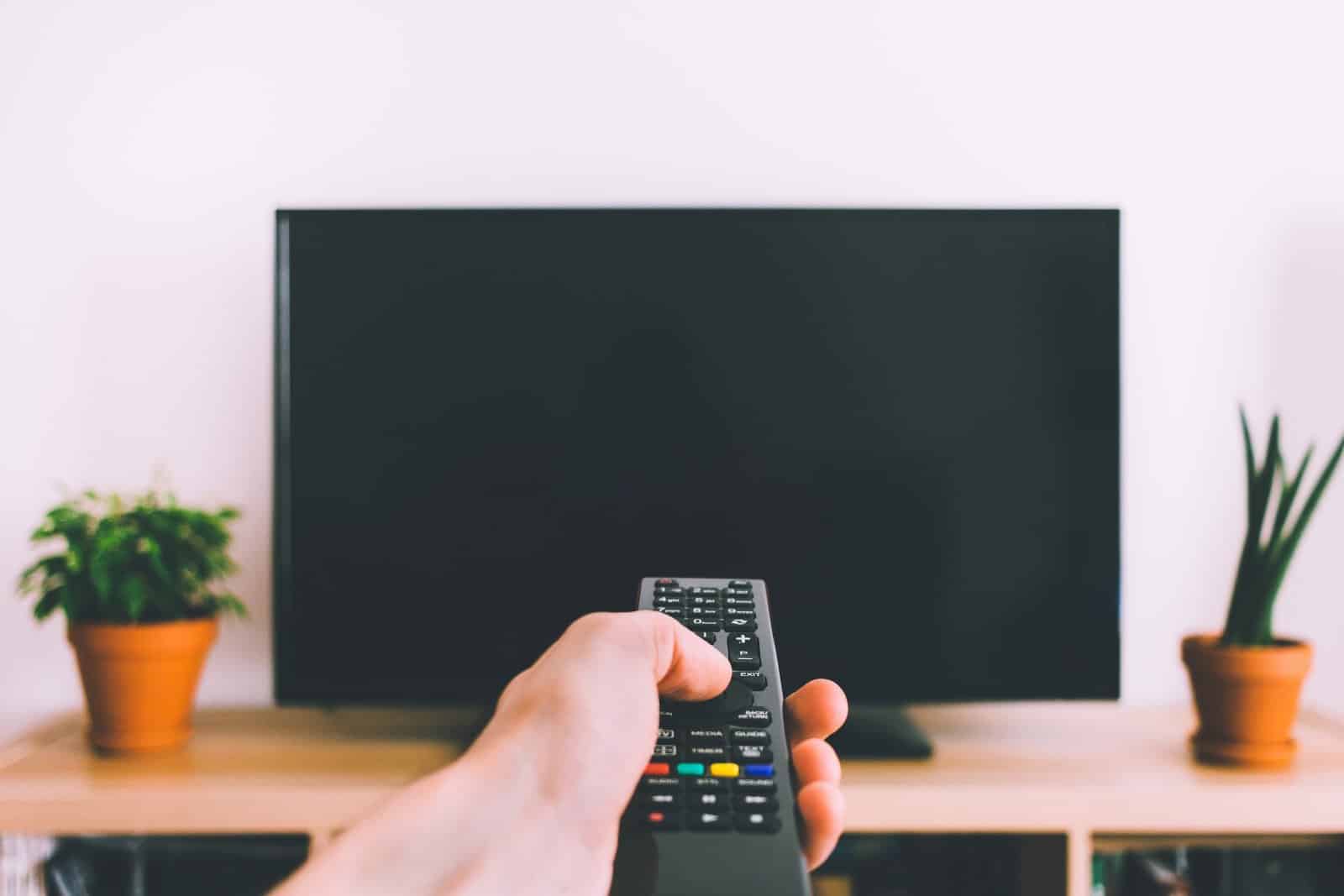
Larger and older TVs, especially plasma screens, can consume a lot of electricity, even in standby mode.
13. Desktop Computers

Desktop PCs, especially high-performance models, use more electricity than laptops and can significantly add to your bill if left on constantly.
14. Gaming Consoles

Modern gaming consoles are powerful devices that, when used frequently, can draw a considerable amount of power.
15. Washing Machines

Using hot water in washing machines increases energy consumption significantly compared to cold-water cycles.
16. Coffee Makers

Electric coffee makers, especially those that keep coffee warm for hours, can be surprisingly energy-intensive over time.
17. Microwave Ovens
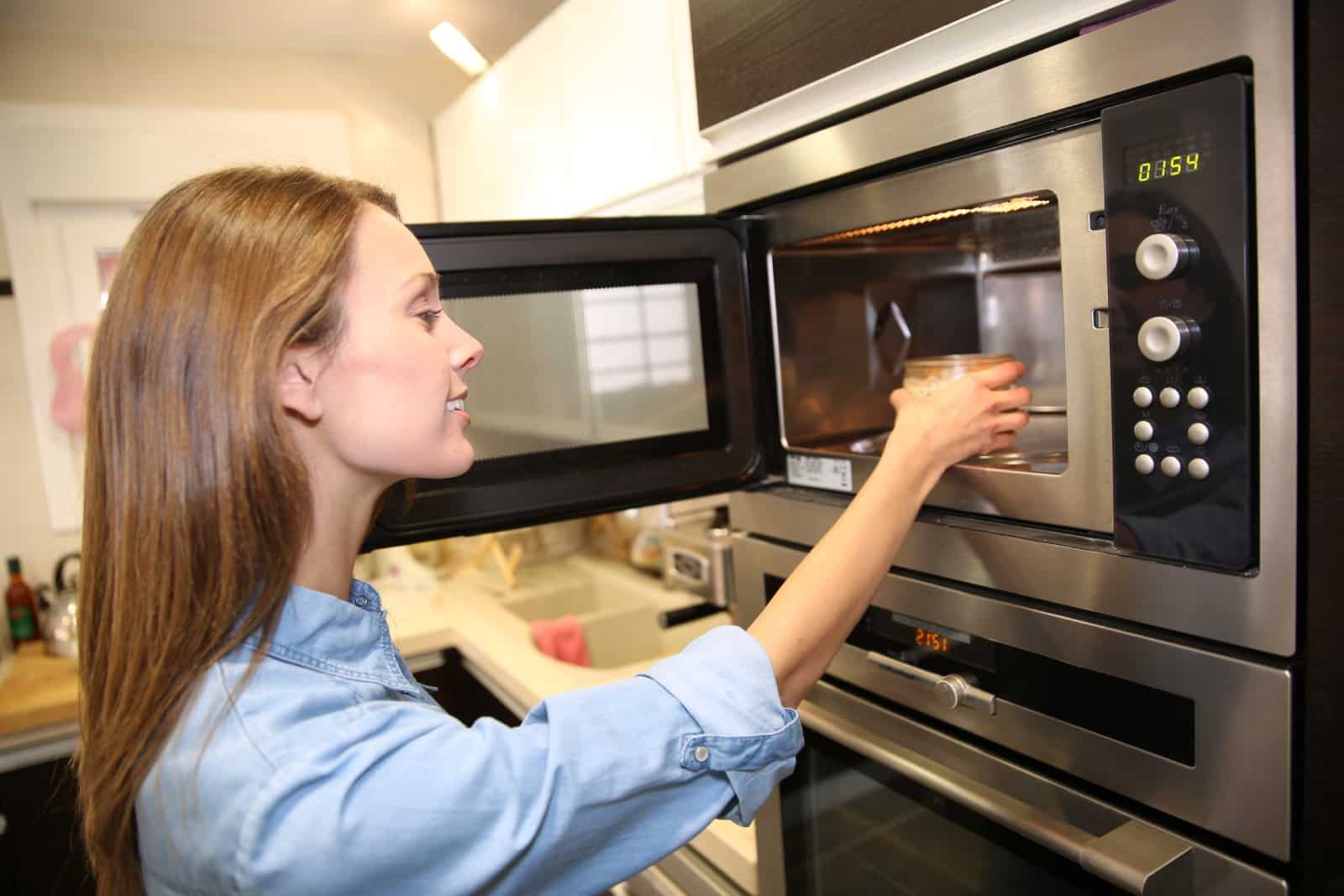
Though they use less energy than conventional ovens for cooking, microwaves still consume a fair amount of electricity, especially with frequent use.
18. Hair Dryers

High wattage hair dryers are a significant but often overlooked energy user in many households.
19. Electric Kettles
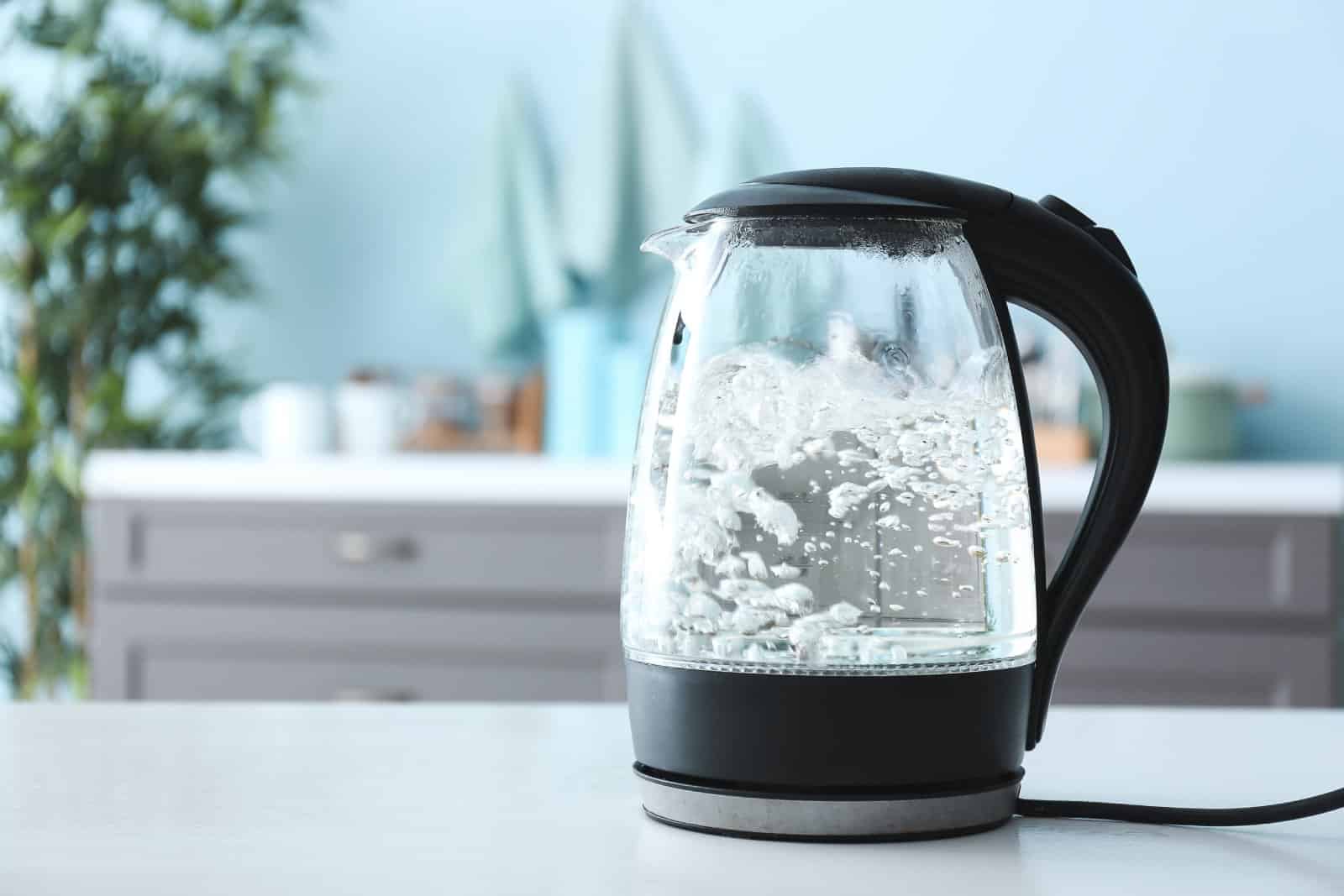
Heating water quickly and conveniently, electric kettles draw a lot of power, especially when used multiple times a day.
20. Vacuum Cleaners
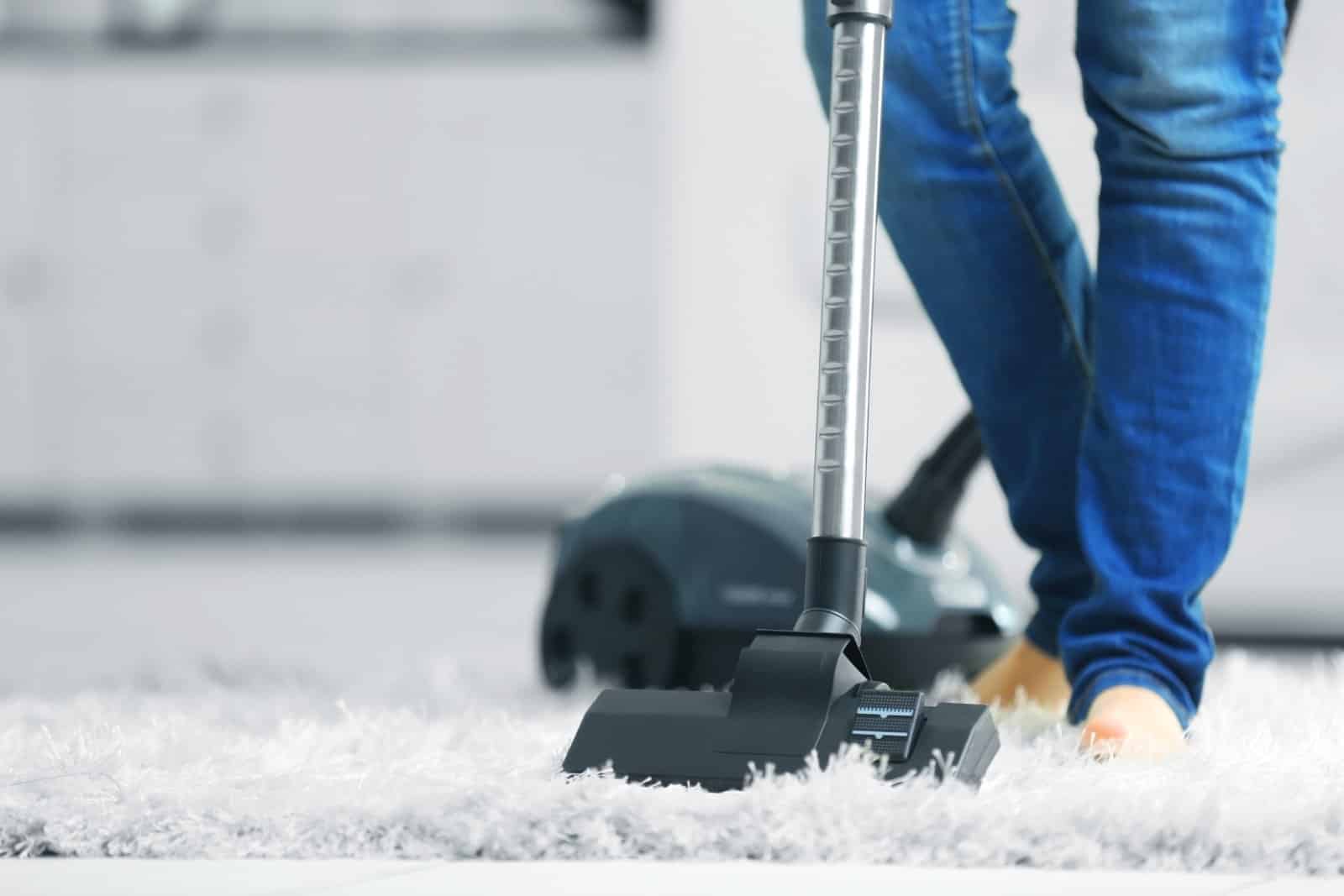
Powerful vacuum cleaners help keep your home clean but can use a significant amount of electricity, especially during extended cleaning sessions.
21. Bread Makers and Other Small Kitchen Appliances

Small kitchen appliances like bread makers, slow cookers, and electric grills add convenience but also contribute to your home’s overall energy consumption.
22. Home Entertainment Systems
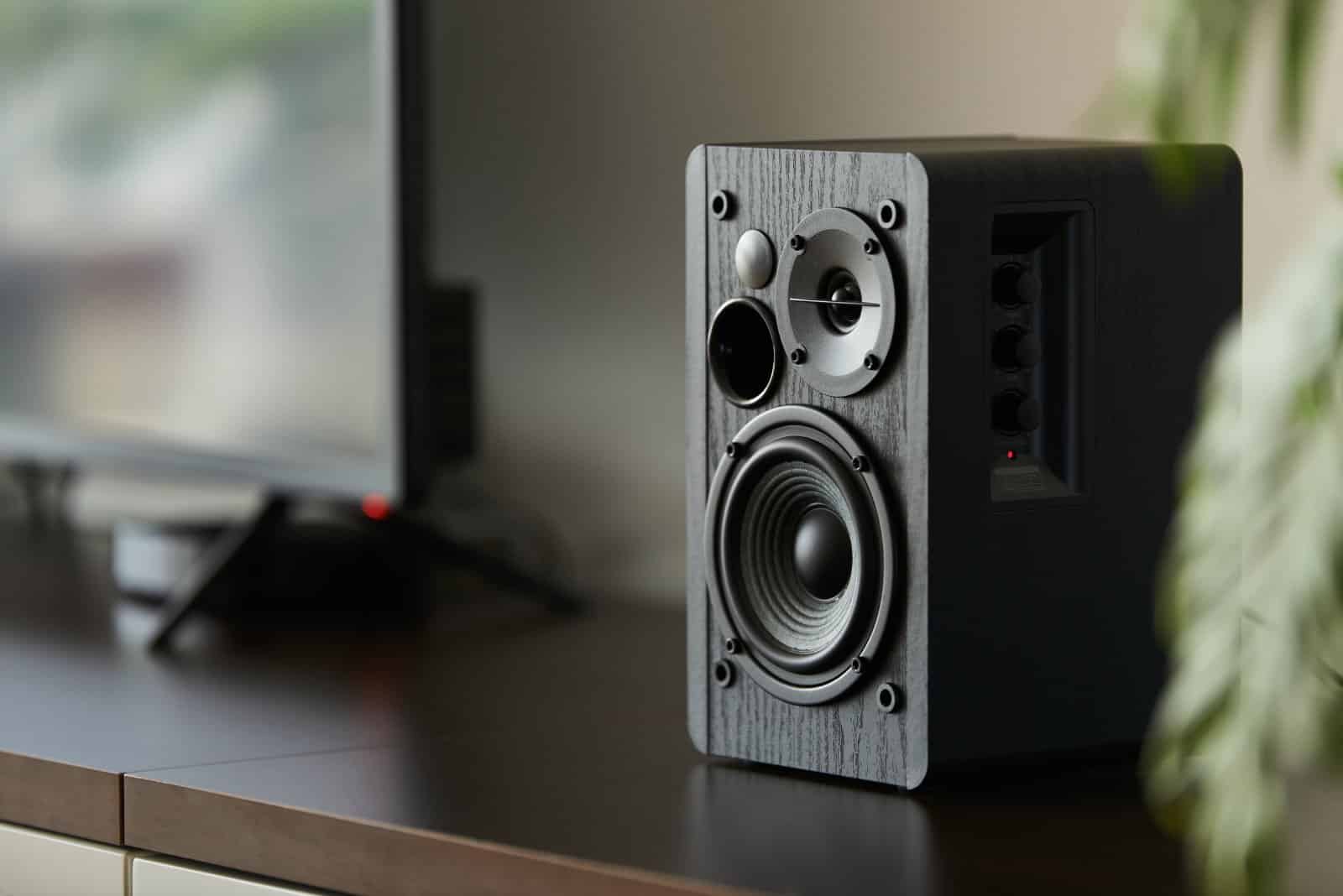
Sound systems, DVRs, and other components of a home entertainment system can consume a lot of electricity, especially when left on standby mode.
Save Today

To save on your electricity bill, consider upgrading to energy-efficient models, unplugging devices when not in use, and adjusting your habits to use these appliances more sparingly. Small changes can lead to significant savings over time, making your home more energy-efficient and eco-friendly.
21 States Where Squatters Can Legally Claim Your Property

Discover how squatters’ rights, or adverse possession, are more than just legal jargon—they’re stories of unexpected twists in the world of real estate. From sunny California to the historical landscapes of Pennsylvania, here’s how these laws could turn the tables on homeowners and squatters alike. 21 States Where Squatters Can Legally Claim Your Property
14 Things That Are Banned in the U.S. but Totally Fine Elsewhere

Ever feel like America’s rulebook was written by someone with a dartboard? Across the pond or down under, things get even wackier. Let’s take a walk on the wild side of global “Do’s” that are definite “Don’ts” in the Land of the Free. 14 Things That Are Banned in the U.S. but Totally Fine Elsewhere
25 American States Nobody Wants to Visit Anymore

Across the United States, some states capture the hearts and itineraries of many, while others remain quietly on the sidelines, overshadowed or misunderstood. These 25 states, facing what you might call a popularity crisis, are brimming with hidden wonders, cultural riches, and natural beauty, awaiting those willing to look beyond the usual tourist trails. 25 American States Nobody Wants to Visit Anymore
20 Foods That Are Cheaper to Eat Out Than Making at Home

In a world where convenience often wins, certain culinary delights come with a lower price tag when enjoyed at a restaurant rather than crafted in your own kitchen. Here are twenty foods that might save you both time and money when indulged in at your favorite eatery. 20 Foods That Are Cheaper to Eat out Than Making at Home
17 Things You’re Paying For, but You Don’t Have To

In the land of the free, there’s a price tag on everything, but savvy Americans know better than to open their wallets for just anything. Here are 17 expenses you’ve been shelling out for without realizing there’s a cheaper or even free alternative. 17 Things You’re Paying For, but You Don’t Have To
The post 22 Power-Hungry Appliances That Empty Your Wallet first appeared on From Frugal to Free.
Featured Image Credit: Shutterstock / RossHelen.
The content of this article is for informational purposes only and does not constitute or replace professional financial advice.
